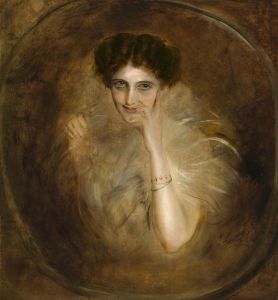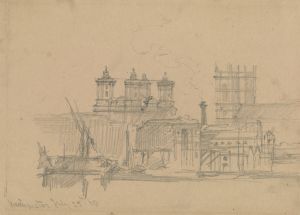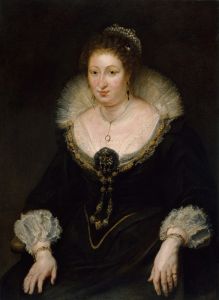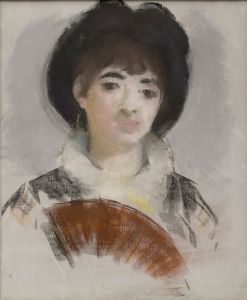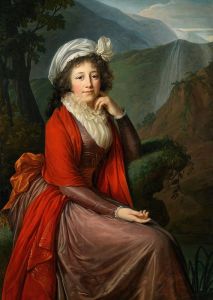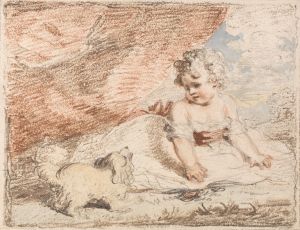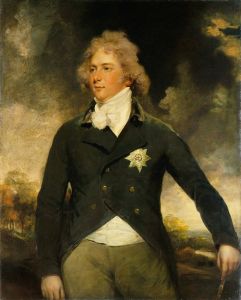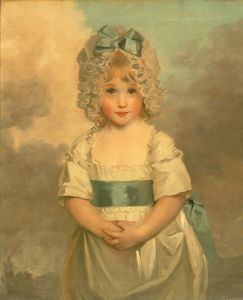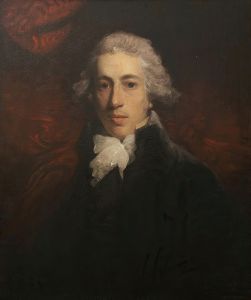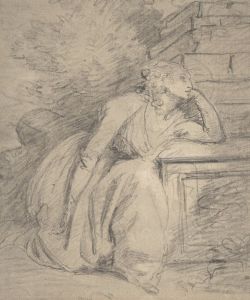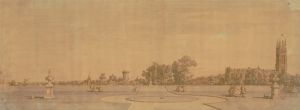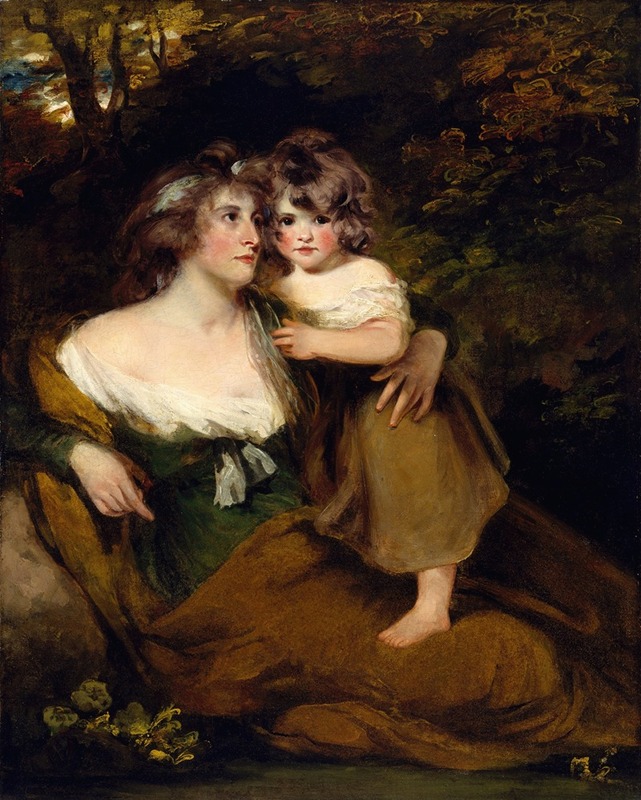
The Countess of Darnley and her Daughter, Lady Elizabeth Bligh
A hand-painted replica of John Hoppner’s masterpiece The Countess of Darnley and her Daughter, Lady Elizabeth Bligh, meticulously crafted by professional artists to capture the true essence of the original. Each piece is created with museum-quality canvas and rare mineral pigments, carefully painted by experienced artists with delicate brushstrokes and rich, layered colors to perfectly recreate the texture of the original artwork. Unlike machine-printed reproductions, this hand-painted version brings the painting to life, infused with the artist’s emotions and skill in every stroke. Whether for personal collection or home decoration, it instantly elevates the artistic atmosphere of any space.
John Hoppner was a prominent British portrait painter in the late 18th and early 19th centuries, known for his elegant and refined style. One of his notable works is "The Countess of Darnley and her Daughter, Lady Elizabeth Bligh." This painting exemplifies Hoppner's skill in capturing the grace and poise of his subjects, as well as his ability to convey the subtleties of familial relationships through portraiture.
The painting depicts the Countess of Darnley, Elizabeth Brownlow, and her daughter, Lady Elizabeth Bligh. Elizabeth Brownlow became the Countess of Darnley through her marriage to John Bligh, 4th Earl of Darnley. The Bligh family was part of the British aristocracy, and their status is reflected in the dignified portrayal by Hoppner. The Countess is shown seated, exuding an air of calm authority and maternal affection, while her daughter stands beside her, embodying youthful elegance and charm.
Hoppner's use of color and light in this painting is characteristic of his work. He often employed a soft palette and subtle contrasts to create a sense of depth and realism. In "The Countess of Darnley and her Daughter, Lady Elizabeth Bligh," the artist uses these techniques to highlight the delicate features and fine clothing of the sitters, emphasizing their social standing and personal refinement. The background is typically understated, ensuring that the focus remains on the figures themselves.
The composition of the painting is carefully balanced, with the Countess and her daughter positioned in a way that suggests both individual identity and familial connection. The interaction between the two figures is subtly conveyed through their poses and expressions, suggesting a close and affectionate relationship. This ability to capture the nuances of human interaction is one of the hallmarks of Hoppner's portraiture.
John Hoppner was a contemporary of other renowned portraitists such as Sir Joshua Reynolds and Thomas Lawrence. While he was influenced by Reynolds, Hoppner developed his own distinctive style, which was appreciated by many of the leading figures of his time. He was appointed as the portrait painter to the Prince of Wales, later King George IV, which further cemented his reputation as one of the leading portrait artists of his era.
"The Countess of Darnley and her Daughter, Lady Elizabeth Bligh" is an example of Hoppner's ability to blend technical skill with an insightful portrayal of his subjects. The painting not only serves as a record of the appearance of its sitters but also offers a glimpse into the social dynamics and familial bonds of the British aristocracy during this period. Through his work, Hoppner contributed to the rich tradition of British portraiture, capturing the elegance and sophistication of his time with sensitivity and finesse.





